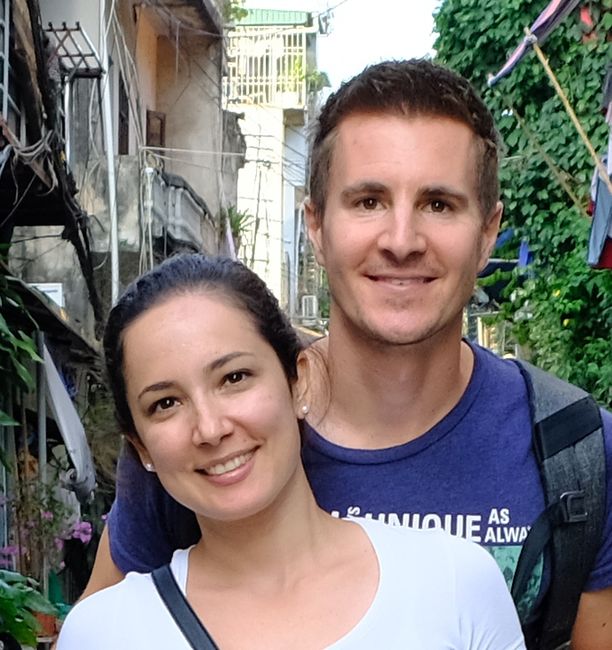Uruguay & Argentina
شايع ٿيل: 24.04.2019
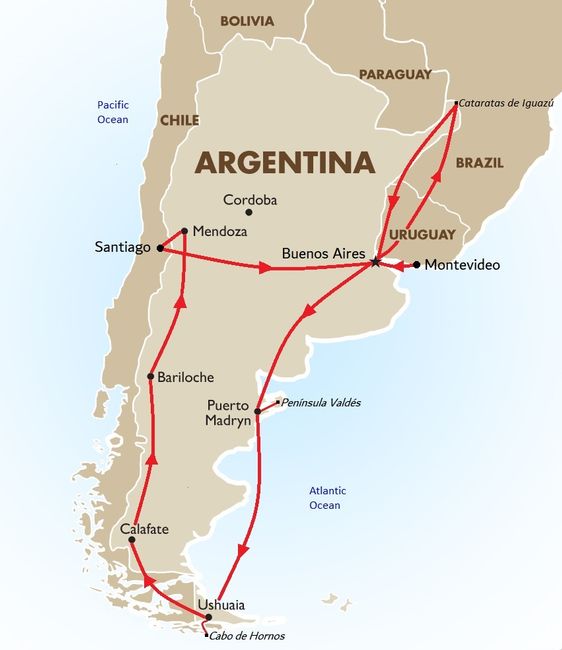
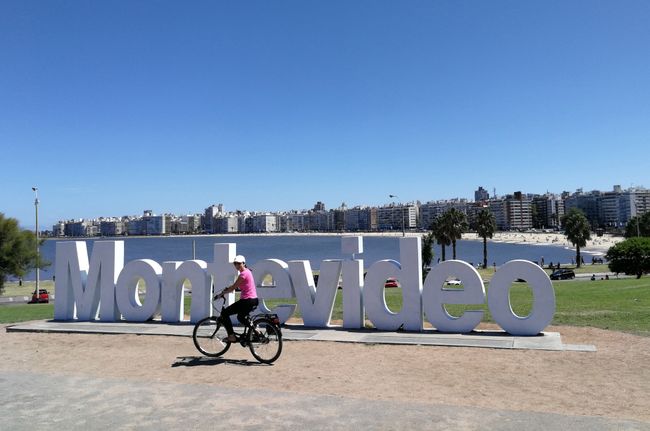
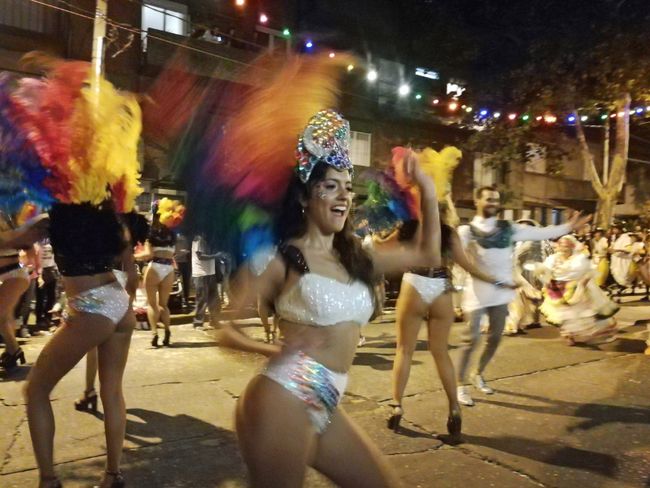
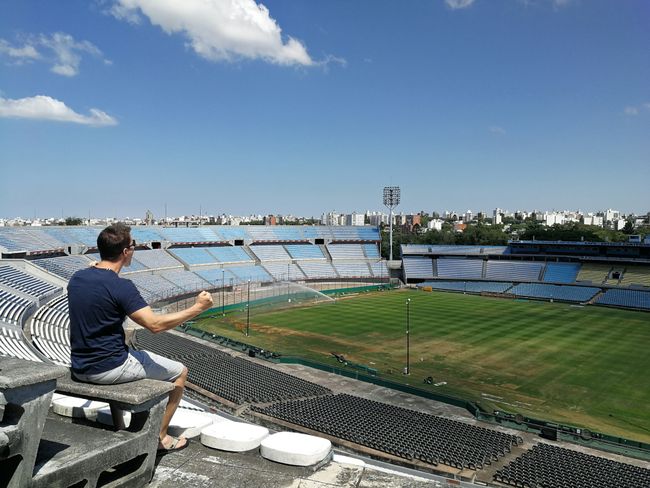
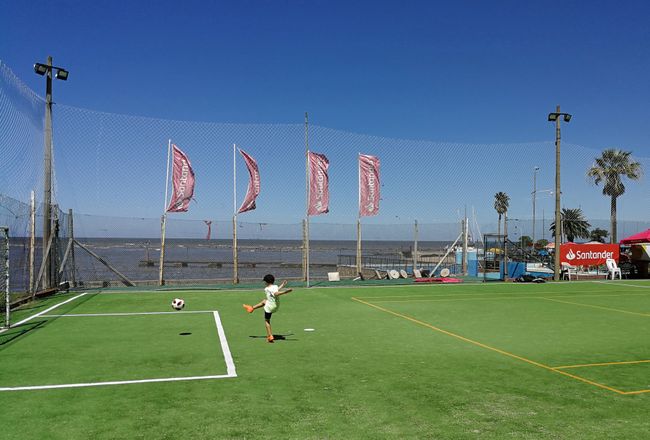
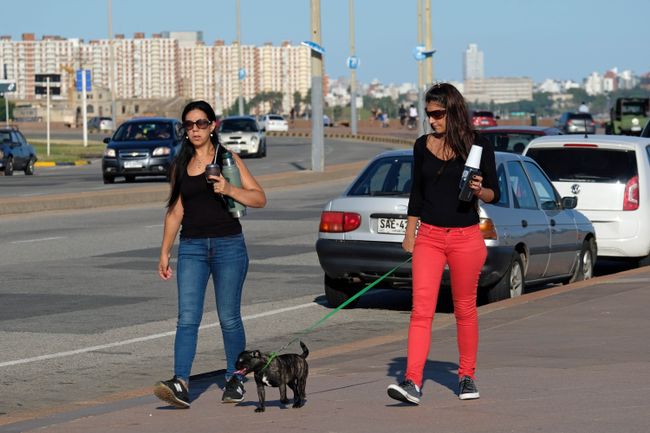
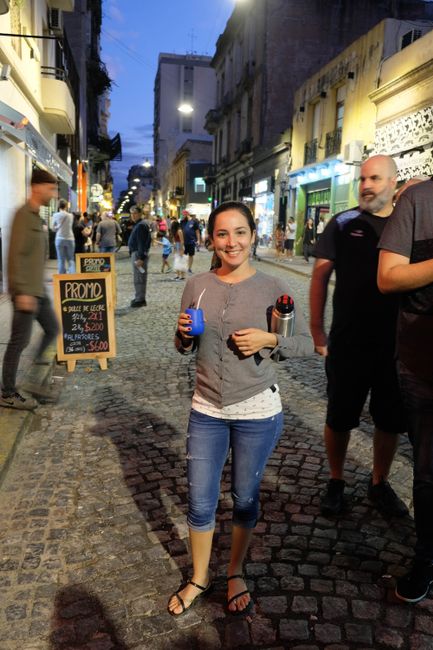
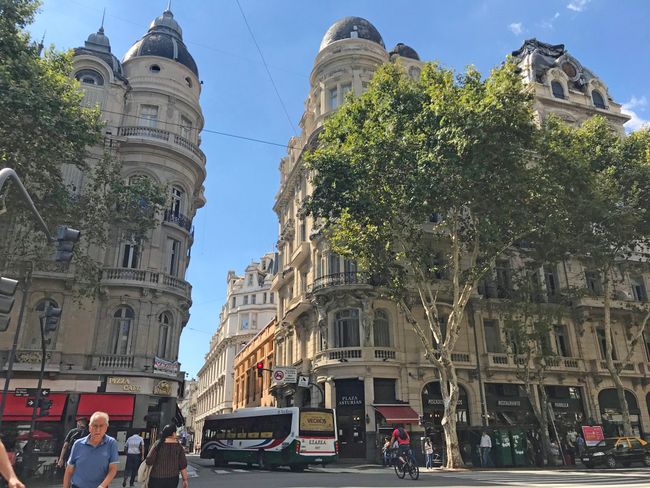
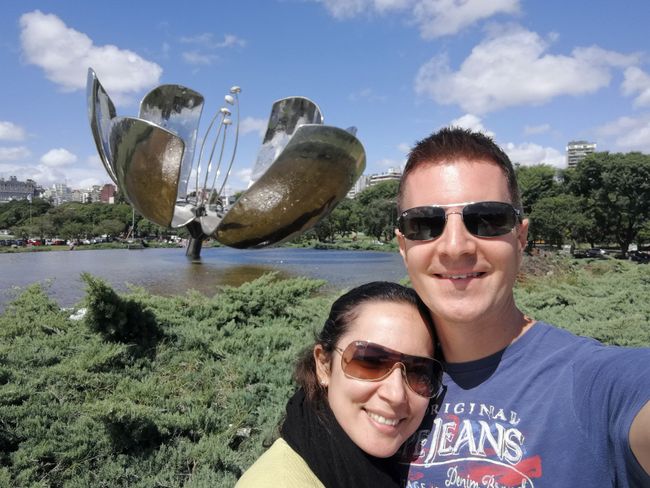
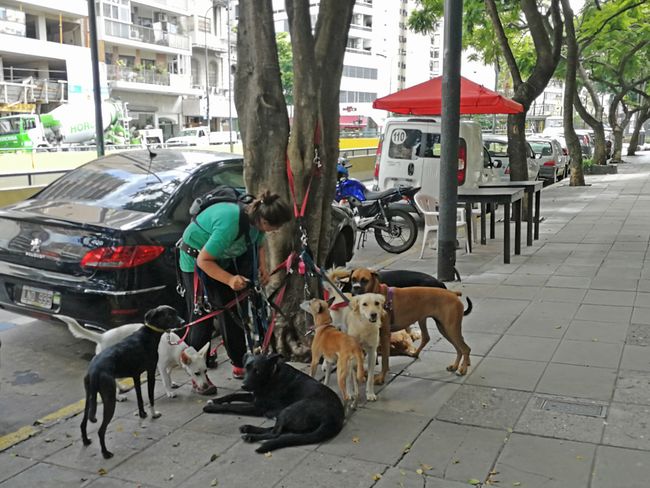
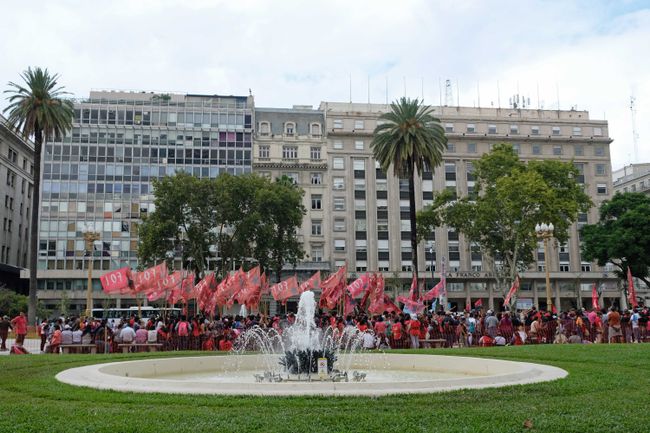
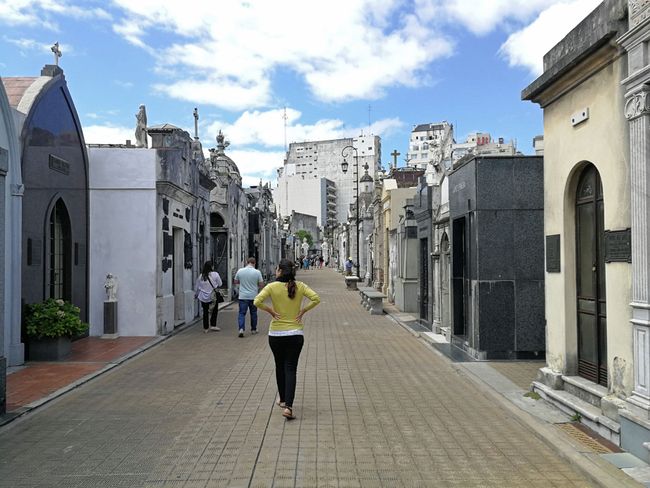
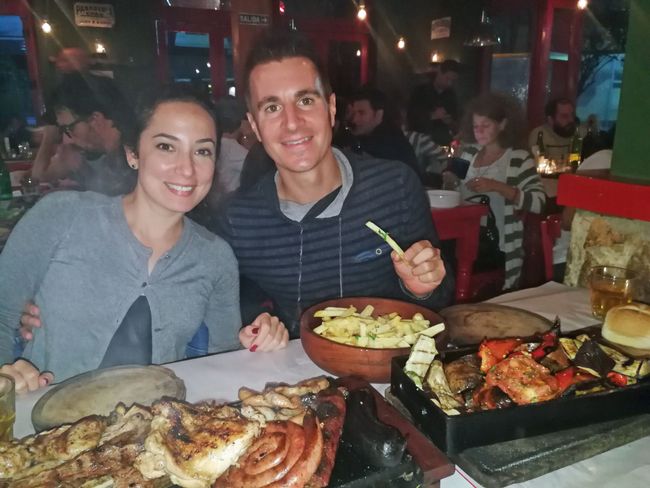
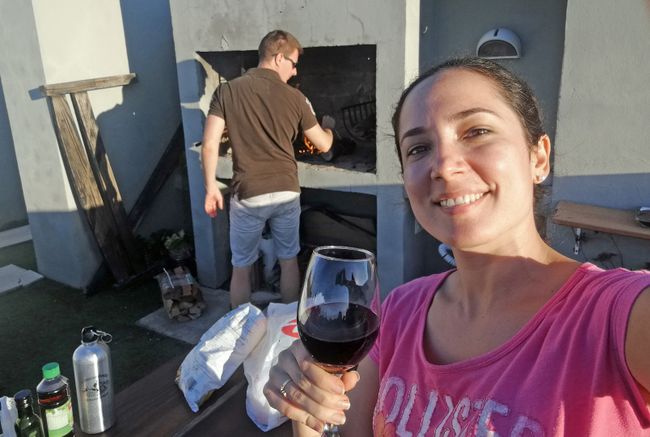

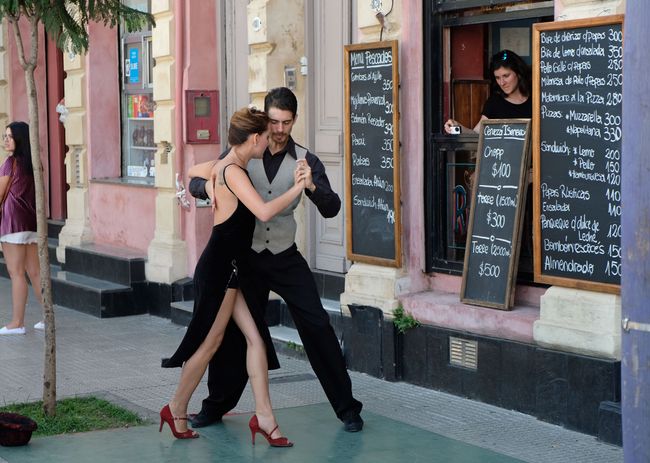
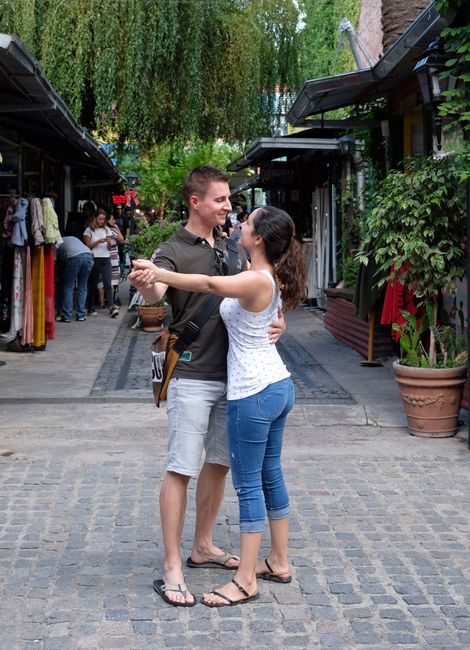
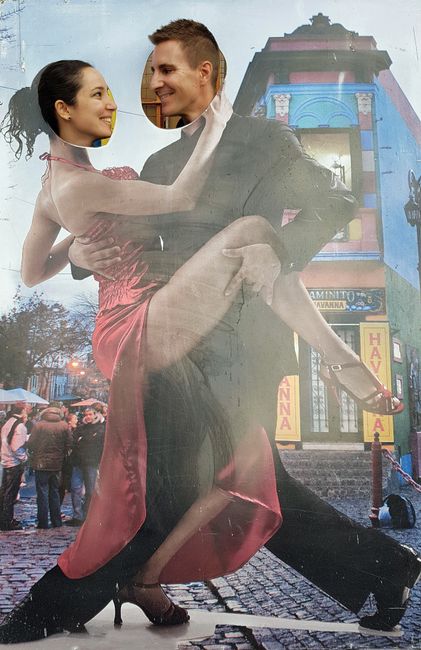

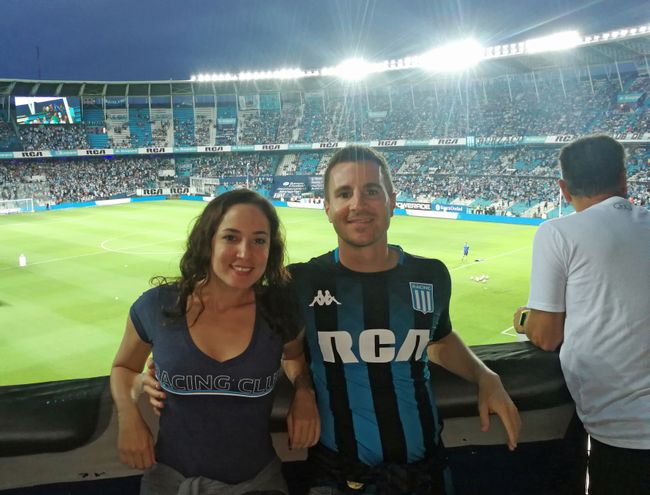
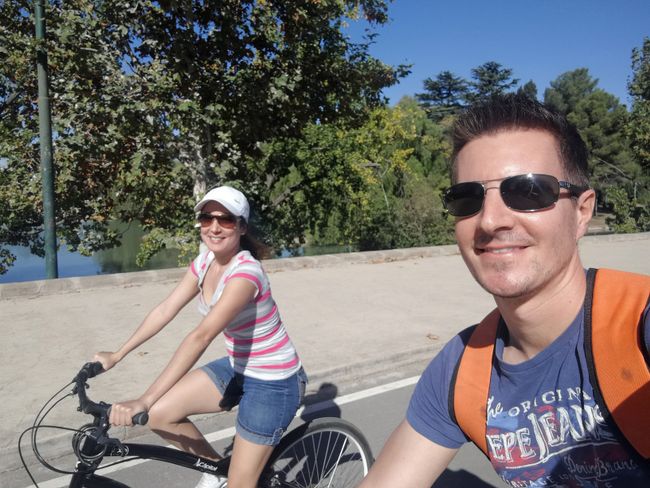
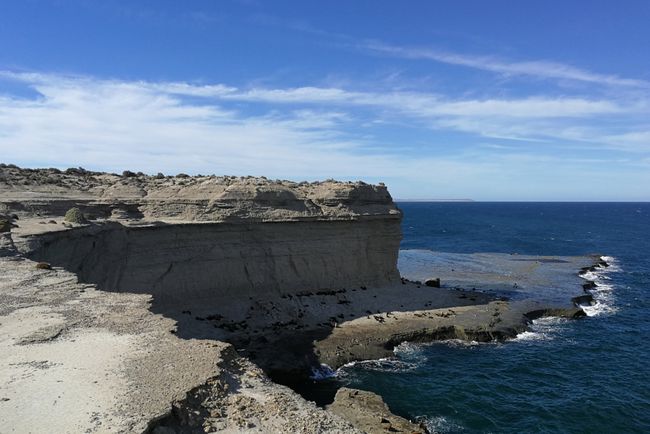
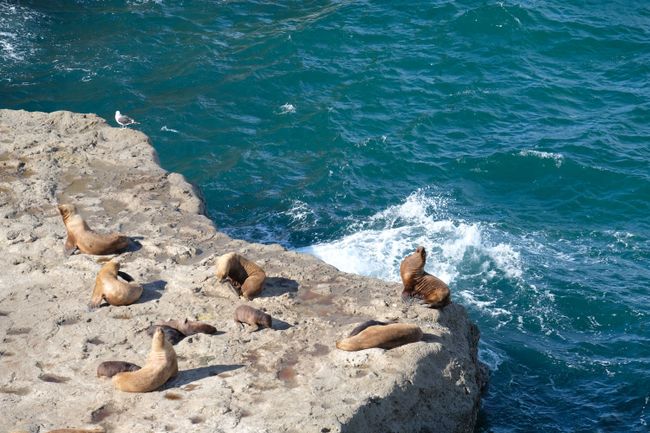
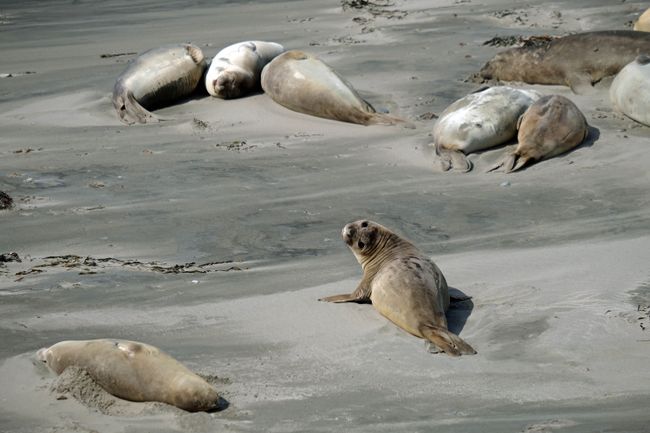

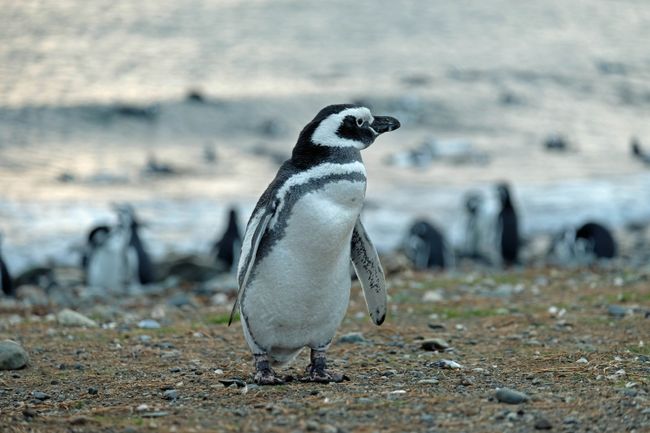
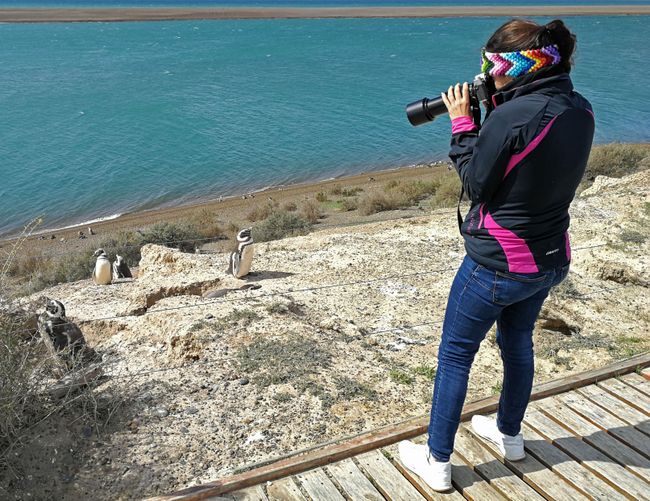
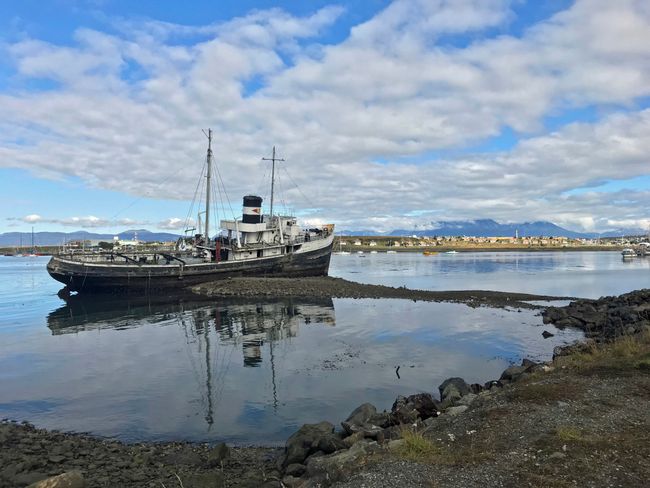
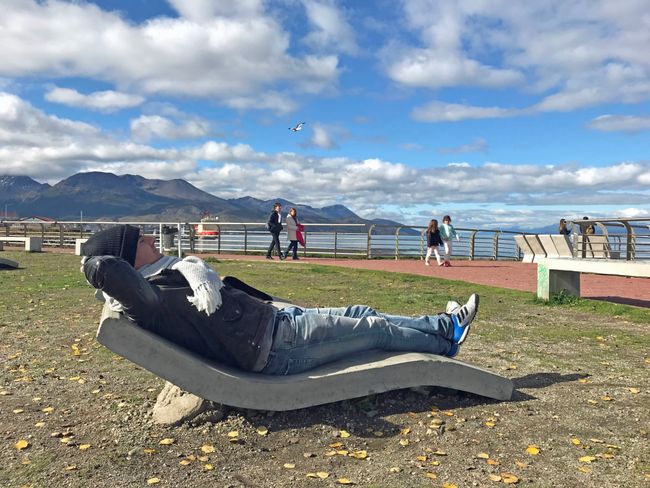
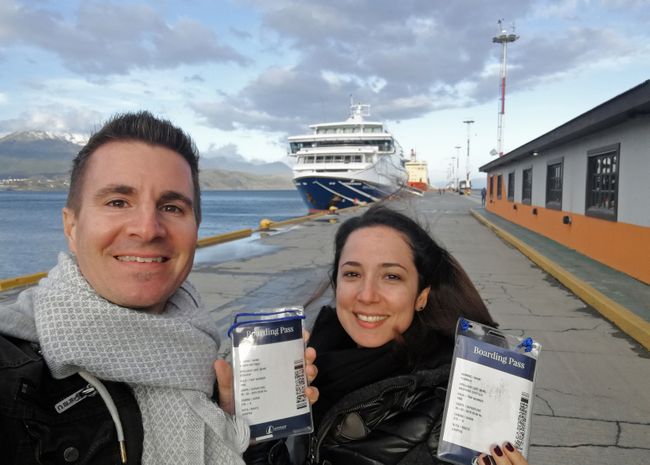
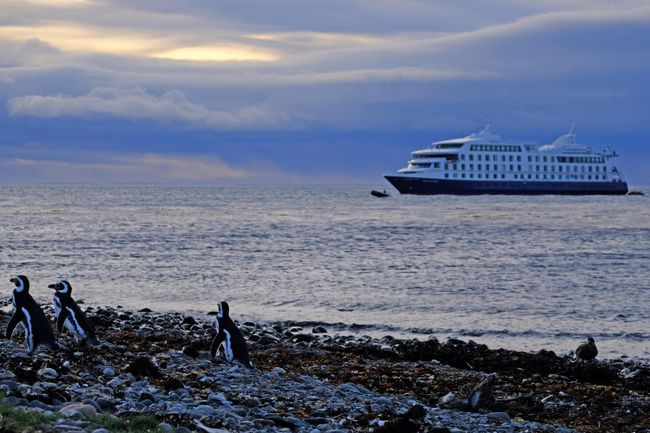
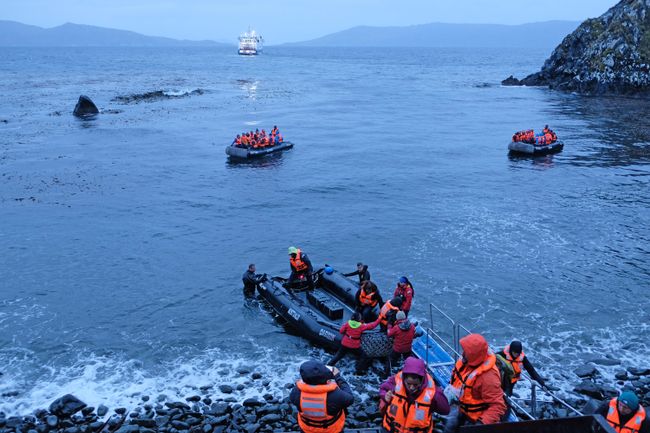
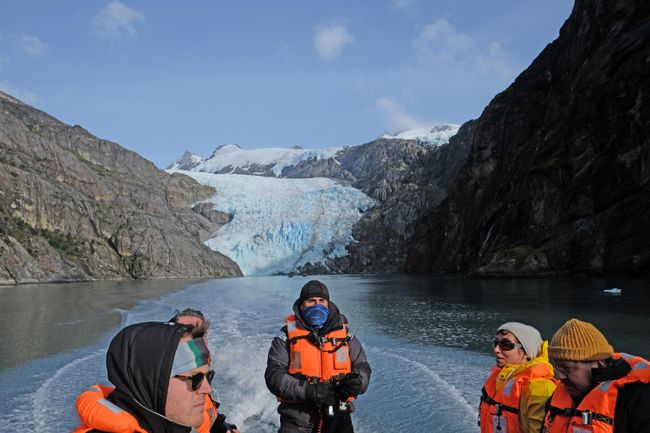
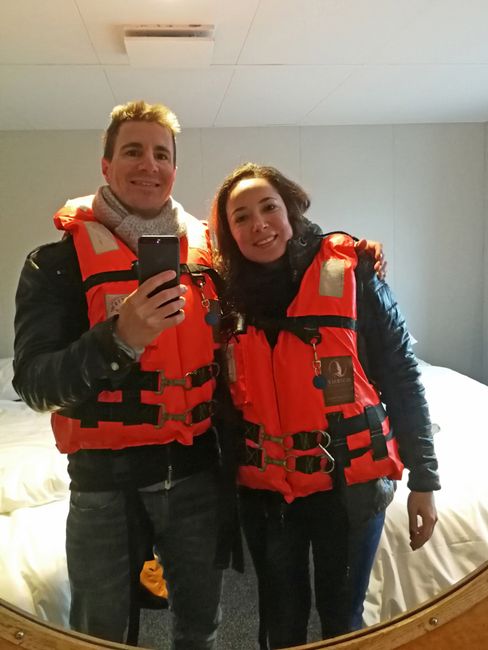
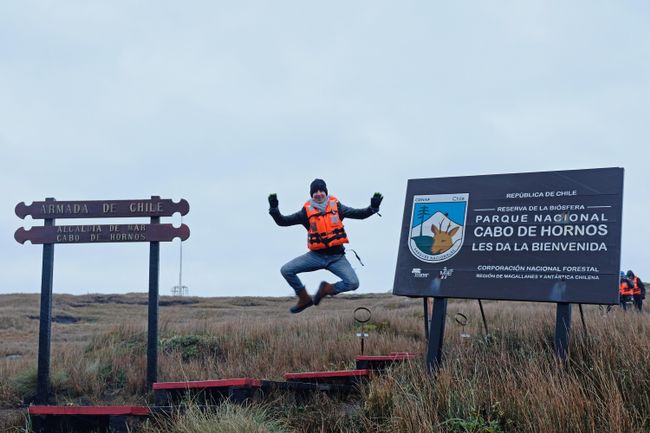
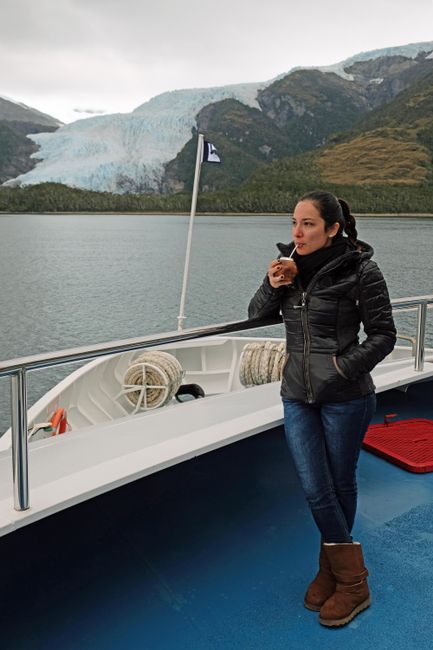
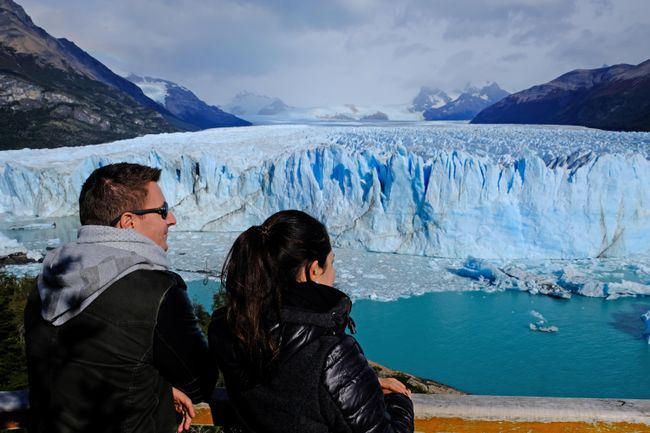
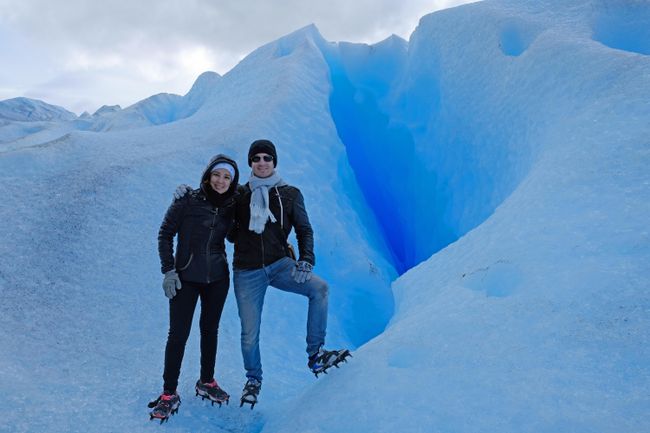
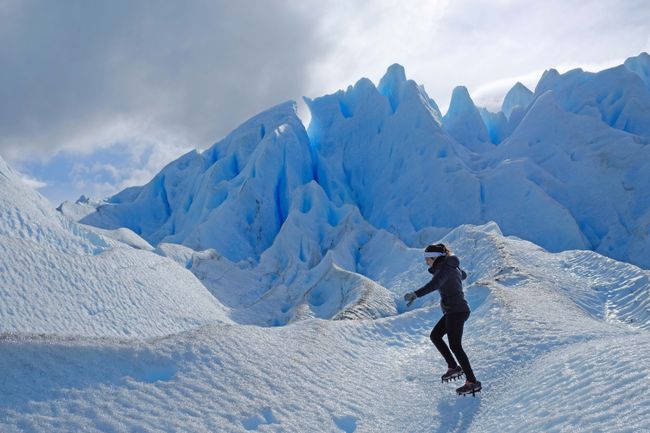
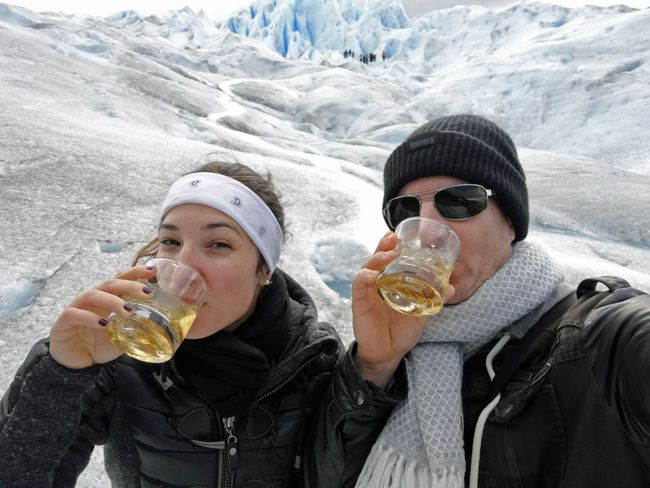
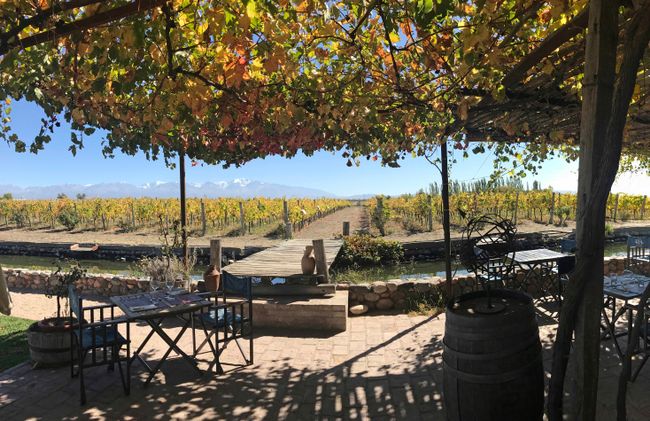
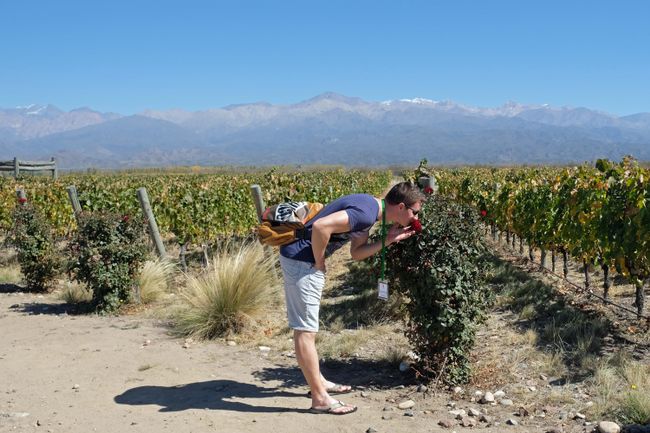

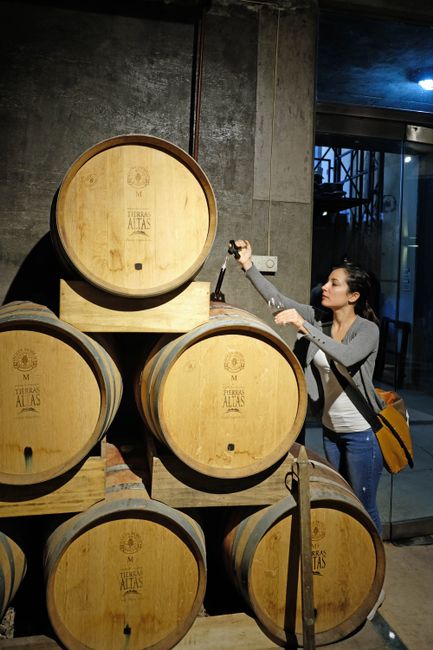
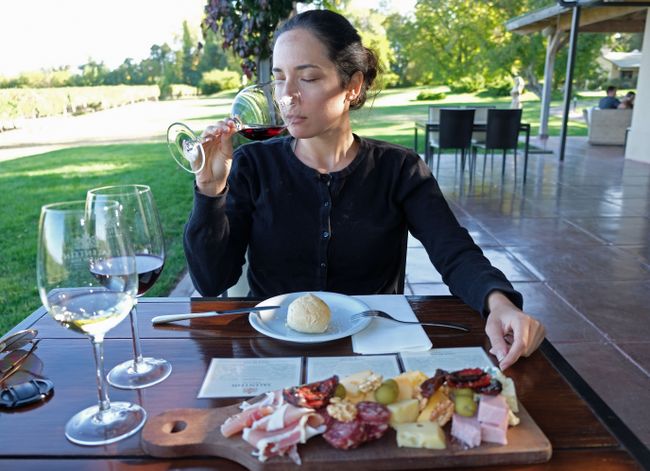
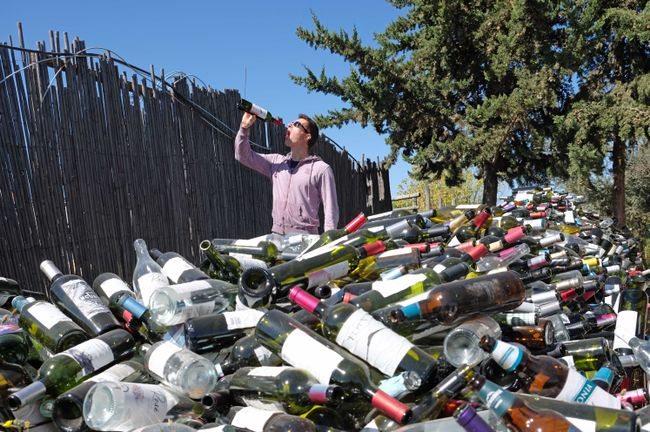
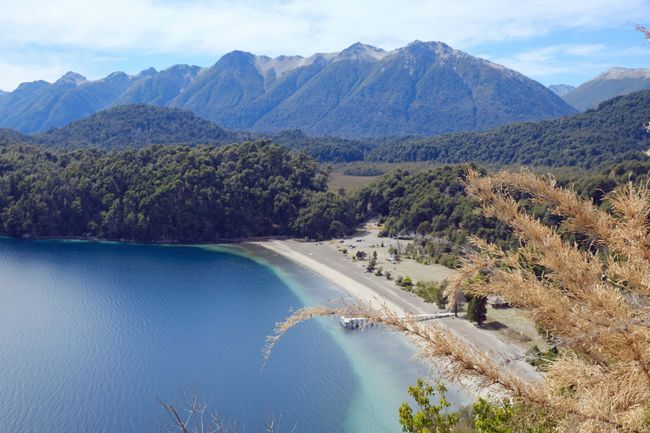
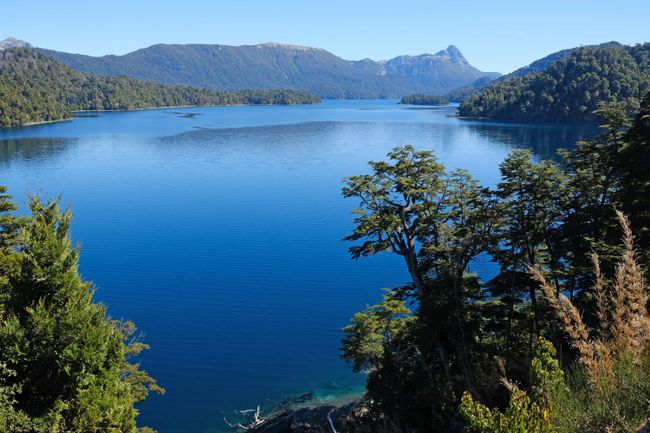
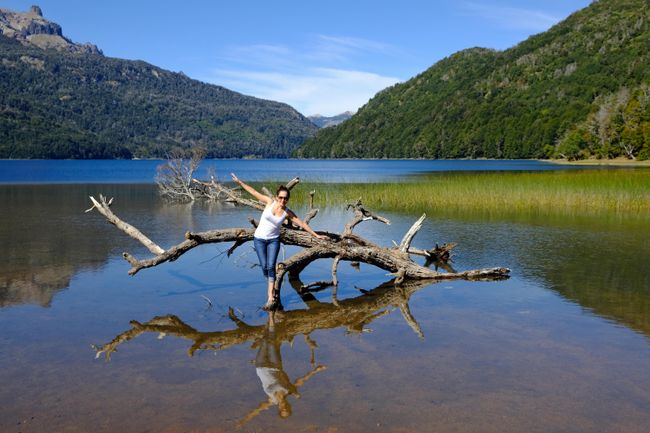
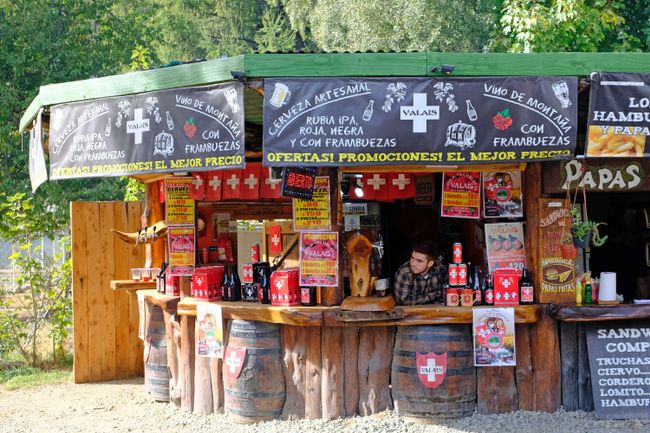
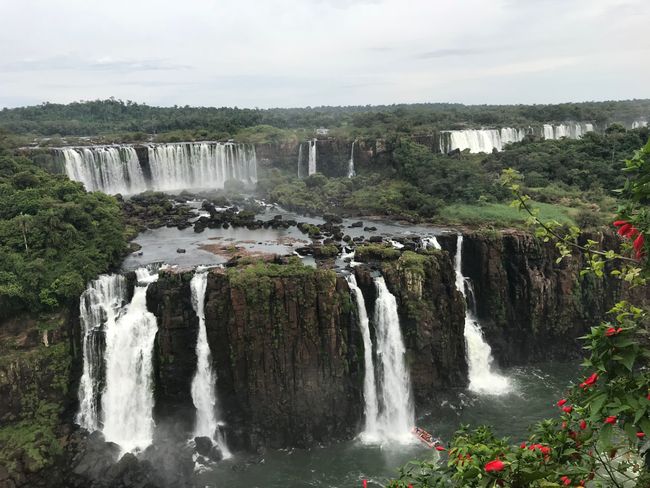
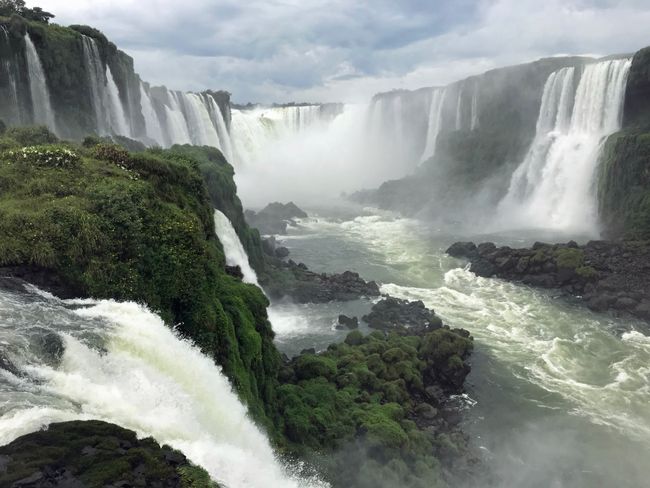
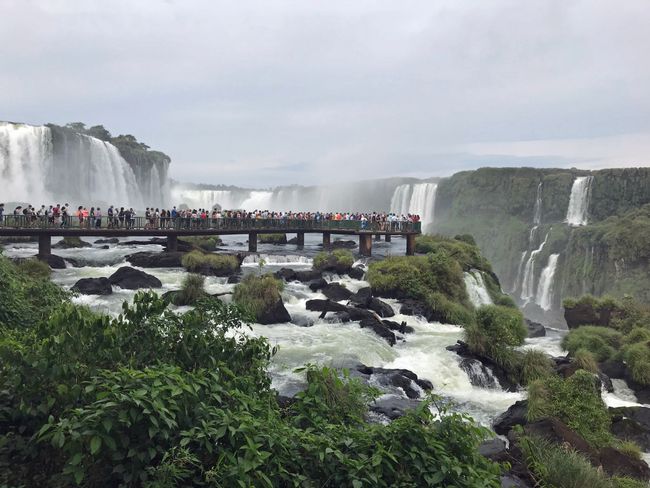
نيوز ليٽر جي رڪنيت حاصل ڪريو
Whether in Jordan, Colombia, Cuba or Peru: During our world trip, we quickly noticed the Argentinians among the many tourists from all over the world. This was not because of their quantity, but because they are very easy to identify. First, there is their accent: No one else speaks the double-L or the Y as 'sh' in Spanish - so, for example, Calle (street) becomes 'Casche' and Yumi becomes 'Shumi'. Second, the Argentinians cannot hide the fact that they are extremely dependent on grass. We do not mean cannabis, but another herb: Yerba (or 'Scherba'), which is used to prepare mate tea. Because the Argentinians love their national drink so much, but cannot get it anywhere abroad, they simply pack their yerba, teapot, and thermos in their backpack and happily sip on their mate in front of every sight.
No wonder we feel strongly reminded of Argentina when we arrive in the capital of Uruguay, Montevideo, and observe the people on the streets. Whether on a park bench, strolling or driving a car: the mate tea is always there. If it is not being enjoyed, it is at least carried around with style and love - in a chic, specially created 'mate set'. This is a storage system that looks like an oversized binocular leather bag, in which you can transport tea leaves, mate (tea container), and a thermos. On the way to our apartment, we also notice that there is a barbecue restaurant on every corner - apparently the Uruguayans, like their Argentine neighbors, are big meat and barbecue fans. Especially when we are asked by our Airbnb host Leticia on the terrace, next to the fixed charcoal grill, whether we already have taken the apartment key (Ya llevan la llave? or 'Scha schevan la schave?'), we lovingly comment: 'Hey, you Uruguayans have a lot in common with the Argentinians!' Thereupon, the facial expression of the otherwise cheerful Leticia freezes and there is a brief moment of silence. She solemnly replies, 'No, definitely not. We are completely different from the Argentinians.' - Oops, looks like we stepped into a trap. Saying to an 'Uru' that he is like an Argentinian is about as bad as saying to a Swiss person that he is like a German. :-)
The more we learn about the country and its people, the more (and more enjoyable) stereotypes we can draw and transfer 1:1 to the relationship between Swiss and Germans and to the relationship between Uruguayans and Argentinians. For example, in Montevideo, we learn that the Argentinians are 'arrogant and noisy'. And that they have a false pride in 'their' famous tango and 'their' famous mate tea, because both originally come from Uruguay (which reminds us of the Ricola commercial: 'Who invented it?'). And even in Argentine's greatest passion, football, the Uruguayans are ahead. Not only because Uruguay was allowed to host the very first official FIFA World Cup in 1930, but because the country has won twice as many World Cup titles as Argentina. 'Wait a minute!', Marco interjects, 'Both countries have won the World Cup twice, right?' Well, officially yes. But if you look at the logos of the two national football teams, you will notice that Argentina carries two stars (2 World Cup titles) on its emblem, while the logo of Uruguay is adorned with 4 stars (4 World Cup titles). The reason dates back to almost 100 years ago: Before the first World Cup, Uruguay actually won the football tournament at the 1924 Olympic Games in Paris and the 1928 Olympic Games in Amsterdam (the final opponent in 1924 was Switzerland, by the way!). Before and after, there were, of course, numerous Olympic football tournaments, but no one is interested in the respective winners, because before 1924 no professional footballers were allowed to participate in the Olympics and since 1930 (i.e., after the first 'real' FIFA World Cup) only young U23 footballers are allowed to participate in the Olympics. Therefore, FIFA only considers the two Olympic Games of 1924 and 1928 as additional, unofficial World Cup titles. But the story gets even more curious: Because other associations (probably led by Argentina) protested against the two 'unofficial stars' of Uruguay, FIFA decided in 2010 that only 'official' World Cup titles are allowed to be worn as a star on the football jerseys. Uruguay did not put up with this and tricked FIFA by defining the four stars as an integral part of its new, official association emblem :-)
They are definitely crafty, these 'Urus'! For example, at the beginning of the 20th century, Uruguay cheekily copied the political and social system of Switzerland. This resulted in Uruguay becoming the first social democracy in South America at that time, which is why the country was also called 'the Switzerland of South America'. In 1919, a cabinet was founded according to the Swiss model, which implemented numerous social measures (e.g. a ban on child labor, unemployment insurance, and the eight-hour day). The glory, however, only lasted until the 1970s, when the military took power in the country and Uruguay became a 'normal' South American country. In the meantime, however, Uruguay is back on a democratic path and is more progressive in many respects than Switzerland: For example, in the past 10 years, they have abolished old traditions such as banking secrecy and daylight saving time, as well as legalized same-sex marriages and cannabis consumption. The entire beef cattle farming in the country has been antibiotic-free for 40 years and the country aims to be carbon neutral by 2030. Not bad!
While we are in Montevideo, there is not much law and order, but rather a state of exception, because it is carnival. Not just any carnival (and luckily not one like in Cartagena), but the longest carnival in the world. For 6 weeks, the 'Urus' celebrate on kilometer-long processions, where all spectators are encouraged to join in dancing. During the procession, which passes through our neighborhood, we initially feel like standing in the middle of Rio de Janeiro: Wildly dancing, colorfully dressed women parade with little fabric or a lot of skin along with sweaty drummers through the streets. At second glance, however, we have to rub our eyes for a moment, because here the carnival is a real folk festival for everyone, i.e. not only young, attractive dancers dress up sexy, but all women who like to dance participate in the procession - no matter how old, immobile or heavy they are. They all slip into their samba full gear (consisting of a thong, a bra, and a few feathers!) and shake their buttocks until the street lamps bend. :-)
Things are also uncomplicated and relaxed in Montevideo in the following days: Marco can easily join a football team and play along. During the subsequent beer round in the local pub—where joints are smoked and passed around as a matter of course—Marco asks his new colleague Martín how he actually knows our Airbnb host Leticia, who had passed him her contact. 'She used to be my Tinder date, but we only met once.' Wow, he must have talked a lot about football on their first date :-). During the first barbecue dinner with Leticia, we laugh with her about this story while wondering about the served grilled meat. It looks delicious, but somehow tastes like nothing. Leticia explains, 'They always serve the meat here unsalted because the health authorities have sounded the alarm. Anyone who consumes as much meat as we do also consumes too much salt and gets sick more often.' We react somewhat bewildered with a 'Ah, OK, no problem...' and look for a salt shaker to save the noble piece on the plate. But neither on ours, nor on any other table, nor anywhere in the restaurant is there a salt shaker. Leticia has to explain again, 'If you want a salt shaker in a restaurant, you have to explicitly order it from the staff according to regulations, otherwise the restaurant risks a fine.' All right then: Smoking is legal, but salting the steak is forbidden! We are seriously worried about the health of the Uruguayan health authorities... especially because we observe in many restaurants how Uruguayan people during their lunch break devour a (resalted) steak with greasy fries, wash it all down with a 1.5-liter bottle of coke with sugar, and then eat a dessert. Fat and sugar seem to be less condemned here than salt...
After 1.5 weeks, we leave Uruguay with a few question marks and sail to the port of Buenos Aires. The name of the city ('good air') fits perfectly: Although the metropolitan area of the Argentine capital has about 14 million inhabitants, the air here is surprisingly clear and clean (the complete opposite of Lima or Santiago de Chile). Numerous parks and tree-lined avenues, as well as magnificent palaces and stylish cafes from the Belle Epoque, contribute to the good atmosphere. The magnificent buildings from the early 20th century suggest that Argentina was one of the richest countries in the world at that time and, for example, had the same per capita income as France. Even without this guidebook knowledge, it does not take long until we feel like we are in the middle of Paris, but instead of French, people speak Spanish here (and gladly English to tourists) - and this by people who are almost 50% of Italian ancestry and bear Italian surnames. Therefore, there is something like a European Latino multiculturalism here. No wonder the famous Argentine writer Jorge Luis Borges jokingly described his compatriots as follows: 'Argentinians are Italians who speak Spanish and would like to be English, who believe they live in Paris.'
But the cuisine here is clearly traditional Argentine and not trendy European: Smoothies, vegan sandwiches, and goji berries are sought in vain. Instead, there are three-course grill menus with fries, cola, and dessert everywhere, just like in Uruguay. It is even more astonishing that people of our age in Argentina are mostly slim and fit. After our first grill and red wine evening, the simple explanation for us is: In search of a fitness center in our quarter, someone in jogging clothes always ran past us. And after 10 minutes of walking around, we already found 5 different fitness clubs. All are packed with sweaty men and women of all ages. So, during a total of 2 weeks in Buenos Aires, we can easily participate in 'trial training' almost every day for free and join in the sweat... and indulge in Argentine cuisine without a guilty conscience. :-)
For example, when we meet with Angelina and Tamara for a barbecue in Buenos Aires. They are two Argentinian women we met during our trip to Cuba in a super-stereotypical environment (they were drinking mate tea while hiking in the mountains of Cuba, following in the footsteps of the born Argentine Che Guevara). At the beginning of the evening, Angelina mentions in passing that she just came from her psychologist. We react the way most people would in such a situation and ask with concern how she is doing. But she quickly reassures us, as it turns out that it is simply normal for her and many of her compatriots to regularly go to the gym as well as to see a psychologist. This way, she is not only doing something good for her body but also for her mind for years. Our research shows that Argentina has by far the highest density of psychiatrists and psychologists in the world. There are about 200 practicing psychotherapists per 100,000 inhabitants, which is more than 7 times more than in the USA! However, Yumi's successful therapy for her fear of dogs in Argentina is not due to visiting a psychologist's office (which, by the way, costs about 20 Swiss francs). The Argentinians are not only world champions in psychotherapy but also own the most dogs worldwide. According to a global study, two out of three Argentinians have at least one dog at home. If you count all the stray dogs, there are probably more dogs than people in the country. What is particularly healing for Yumi's fear of dogs is the fact that working pet owners often do not walk their dogs themselves, but hire so-called 'Paseaperros' (literally 'dog walkers'), who walk around the sidewalks with up to 8-12 emotionally charged dogs.
Aside from that, we find Buenos Aires very likable and cannot confirm the stereotypes from Uruguay. 'Noisy' are only the dogs, and 'arrogant' is perhaps the outsourced dog owners. Considering that we are in a huge metropolis, people are remarkably helpful, attentive, open, and friendly. Moreover, the city does not seem like an uncontrolled, sprawling monster, but more like a collection of well-connected, independent neighborhoods, each with its own character. This is most evident in football: 15 out of the 26 teams in the highest Argentine football league come from the Greater Buenos Aires area, and practically every neighborhood and suburb has its own football stadium. No other city in the world is home to more professional teams. Every weekend, there are numerous city derbies to watch, and the stadiums are always well-filled with fans who cheer on their team and munch on a 'choripán' (a traditional sausage sandwich). The Argentinians really need this joy and entertainment in the form of bread and games because, given the unstable economy in the country, they are not to be envied. Almost everyone we meet complains about rising prices, stagnating wages, and empty wallets. The exchange rate of the Argentine peso is actually like a roller coaster ride - especially one that rushes into the abyss at triple gravity. At the beginning of 2018, you got 20 Argentine pesos for 1 Swiss franc. When we arrive in Argentina in March 2019, we already get 43 pesos for it. The joy about our strong Swiss franc and the supposedly cheap prices on site, however, is short-lived. Because the local peso prices are always quickly adjusted for inflation - meaning they go up. Therefore, we are even more amazed that the restaurants and bars are always well-visited, as Argentine wages rise only with delay and never to the same extent as prices. Perhaps the Argentinians have learned from past crises that the future is too uncertain to save money. It is better to spend it with both hands and enjoy life as long as one can. From all sides, we are told that we can only understand this attitude towards life of the Argentinians if we look at the state bankruptcy of 2001. We do that and find out that the story reads like an exciting thriller, even for economics buffs!
The story goes like this: Since its founding about 200 years ago, the Argentine state has already declared bankruptcy 7 times (!), most recently in 1989, 2001, and 2014. The third-to-last bankruptcy in 1989 is remembered mainly because of the legendary hyperinflation. Within one month, the prices for essential goods tripled. Our Airbnb host Raúl, who is in his mid-50s and lives in Mendoza, tells us that at that time he had to help out his mother in the small store and adjust the price tags daily - sometimes several times a day by closing the store for an hour in between. The last bankruptcy in 2014 was interestingly hardly noticeable for the majority of the population, because since 2002, no foreign country, no bank, and no Argentine would have thought of lending money to the Argentine state - the huge collapse at the end of 2001 was too intense and is still burned into the Argentine psyche. At that time, Argentina had public debt amounting to 140 billion US dollars and had to announce shortly after Christmas that the country was no longer capable of paying. This was the largest sovereign default in history at that time.
Until shortly before the collapse, the Argentine peso was pegged 1:1 to the US dollar and therefore had the same value. As an immediate measure to save the economy, the government thought out loud at the end of 2001 about giving up this peg and devaluing the peso - which would have meant that all peso debts (but also all peso savings) would have been worth much less from one day to the next. With their common sense, the Argentine citizens did what anyone else would have done and emptied their bank accounts in an attempt to convert as many pesos as possible into US dollars before the peso was artificially devalued. In response, the government simply froze all Argentine bank accounts or limited the allowed cash withdrawal limit to a maximum of 250 pesos/dollars per week. With this radical measure, the government poured oil on an already simmering popular sentiment and brought the barrel to overflow. Protests and serious riots followed, in which 28 people were killed. At the same time, the government palace was in turmoil and there was pure chaos. Within two weeks, 5 (!) presidents were removed or 5 new ones were sworn in. The first one to be removed even had to flee in a helicopter from the angry mob. The last one to be sworn in did what everyone had feared but was ultimately inevitable: he decided to 'control' the peso devaluation. Overnight, the savings in Argentine bank accounts were worth only half, and within weeks (due to 'uncontrolled' panic selling of pesos by the population) even only a quarter. Parallel to this, of course, prices, for rent, food, etc., also rose due to inflation, while wages hardly or only slowly increased. So, most people lost not only a large part of their savings in a very short time but also earned 25% less in real terms. What then came was literally the coup de grâce: to stop the panic selling of pesos, the government decided from one day to the next to convert all US dollar accounts in Argentina into pesos - making even the 'only rescuing' dollar savings account of the already cash-strapped average Argentinian suddenly worth only a fraction. No wonder that a large part of the middle class collapsed, especially now that suddenly 57.5% of the population lived below the poverty line within a few months.
During our tour through the country, we learn that not only the former presidents of Argentina played with fire but also the indigenous people of the country. The southernmost tip of Argentina is called 'Tierra del Fuego' because the indigenous people used to make fire everywhere to keep warm - even when fishing in their self-carved wooden canoes. Given this technique for keeping warm, it is not surprising that the indigenous people in the south are now extinct. It is strange, however, that practically all other indigenous peoples of Argentina have practically disappeared from the scene. In all of Argentina, 97% of the population today are white people of European origin. Only a small part of the population is descended mostly from the indigenous native population. This is, of course, as always in South America, due to the lethal combination of aggressive Spanish colonial masters and their introduced diseases. But, in the case of Argentina, this is also largely due to the fact that the present-day country (apart from the northwest) was already sparsely populated at the time of the arrival of the Spaniards. Even nowadays, it is clear that one does not necessarily want to settle voluntarily in the south of the country: for example, parents have to regularly bring their children to the doctor for vitamin D treatment because there is too little daylight in the winter months, and human bodies cannot produce enough natural vitamin D due to lack of sunlight.
Therefore, southern Argentina is inhabited much denser by a diverse animal world that does not depend so much on sun and warmth. For example, we visit huge colonies of penguins, sea lions, and elephant seals, see guanacos (also called original llamas) straying everywhere, as well as some whales and dolphins. When we arrive in Ushuaia - the southernmost city in the world - we spontaneously decide to book a 5-day cruise to Cape Horn and through the fjord landscape to Chile. The cruise season is practically over, so we can take advantage of an attractive last-minute offer on an all-inclusive ship. 'Wow, sounds like luxury!', Yumi says, looking forward to it. But we are quickly informed that there are no different restaurants, bars, swimming pools, and certainly no cinema, casino, or fitness center on this 'cruise ship'. The floating thing simply consists of 3 decks with 100 cabins. There is a restaurant, a lounge with a bar, and, above all: 5 days without Wi-Fi and television. 'Not bad either, then we can finally read our books that we have been carrying around with us for 7 months,' says Marco, looking forward to a few cozy days at sea, as most of the nearly 200 passengers on board are retirees.
However, we underestimate the fact that many of these retirees planned and booked their cruise a long time ago - and that some of them are now looking forward to the trip of their lifetime. So, there has to be a lot going on! And indeed: every day there are two excursions, where we are urged through loudspeakers in our cabin to put on life jackets, go to the gathering point, and take a rubber boat from the ship to wander around somewhere or visit a glacier. During the first excursion, we still find it funny that we are awakened at 6:00 a.m. (of course, via loudspeaker) and informed that we are now going out into nature and that breakfast will be served later. During this excursion, we get soaking wet, need almost an hour to dry our clothes again, and almost miss breakfast. Back in the room, we look forward to relaxing and reading... but then the loudspeaker on our cabin ceiling is booming again: 'Dear passengers, please go to the lounge to be informed about the procedure of the next excursion.' Heinomal! This announcement and excursion game continues for 3 days until we eventually get fed up and skip several excursions to have a few hours of peace. We usually use them to catch up on sleep (!) and are therefore not surprised at the end that we have not read a single page in any book until our arrival in Chile.
After a week of wind, water, and ice action at Antarctic temperatures, we then enjoy the warm and sunny days in the picturesque landscape of El Calafate (where the famous Perito Moreno Glacier is located) and the lake and mountain paradise of Bariloche. But we are most looking forward to our wine continuing education holiday in Mendoza, where we 'taste' a whole bottle of red wine every day. This is not primarily due to our thirst but rather because here, a glass of wine almost costs the same as a 7 dl bottle. Th-th-th-at w-w-we can't acc-ss-ept! To make a somewhat reasonable impression when it comes to wine consumption, we, of course, first attend a red wine course and learn all sorts of things about cultivation, production, wine glass swirling, and vanilla flavor notes. With time, we really develop something like wine competence and smell, examine, slurp, and taste every new wine intensely to find out which type and which grape we particularly like. But when we order a few wines for a tasting in a famous winery, Yumi reveals that we are still pretty green beginners. At our table, she takes a red wine glass in her hand, skillfully swirls it, brings it to her nose, closes her eyes to better smell it, takes a sip, and after a few seconds of reflection, she says, 'I clearly taste tobacco notes…' Marco, who is chewing on a neutralizing piece of cheese, laughs out loud despite having a full mouth and almost chokes. 'What?!' the slightly offended Yumi wants to know. When Marco has half enough air to breathe again, he points to the cause of his laughing fit: 'There is a big ashtray full of ash right next to you!' :-)
After nearly half a year in Latin America, we are now heading to Iran for our alcohol withdrawal treatment as the final part of our world trip. We will be back with the last blog post in about a month and are already looking forward to the continuation of summer temperatures in Switzerland!نيوز ليٽر جي رڪنيت حاصل ڪريو
جواب
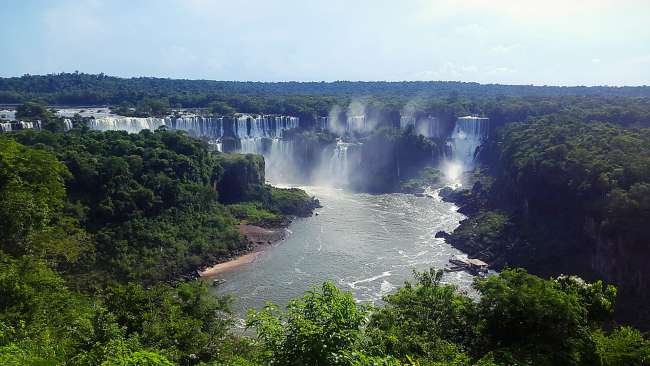
سفر جون رپورٽون ارجنٽينا

